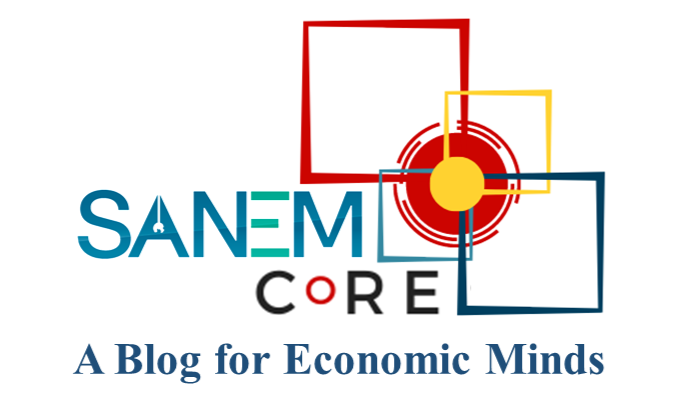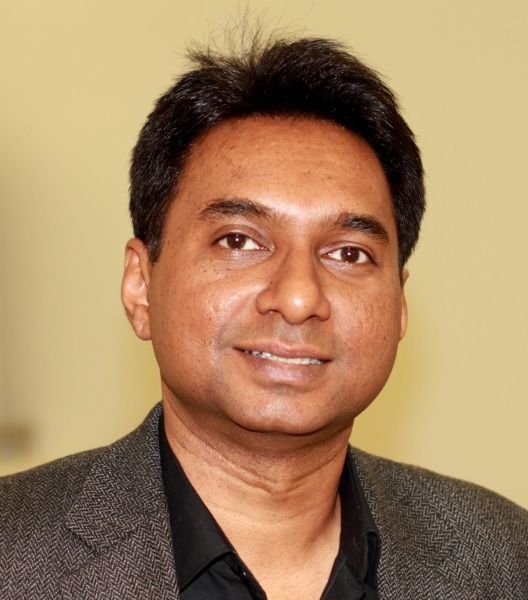Bangladesh is at the crossroads where economic reform is no longer an option, but a requirement. There have been several structural flaws in key sectors, i.e. taxation, the financial sector, management of public spending, trade policy, and investment rules. These flaws have held the country back from maintaining high economic growth and building a resilient economy. Reform shortfalls in these sectors still undermine Bangladesh’s ability to cope with domestic economic challenges as well as with external shocks. A reform-oriented and vision-driven development strategy is therefore needed to rectify inefficiencies in institutions, obsolete rules and regulations, policy discrepancies, and weak enforcement prevailing in these sectors.
The call for reform has been more aggressively voiced in the face of erosion of domestic macroeconomic fundamentals, i.e. insufficient reserves, widening fiscal gaps, inflation pressures, and exchange rate volatility. These have been compounded by a volatile global economy in the face of increased geopolitical tensions, tightening global financial conditions, and unstable global demand. Against this context, Bangladesh’s aspiration to graduate smoothly from the LDC status and to achieve upper-middle-income status calls for not only additional public investment and social spending but even more significant structural and institutional changes that will trigger productivity, improve competitiveness, and drive quality investment.
Significantly, the most strident calls for reform have usually originated outside the state machinery. Think tanks, segments of the business community – especially those looking beyond short-term rent-seeking, and international development partners have consistently raised the imperative for reform. Through policy advocacy, policy analysis, and technical assistance, these actors have been able to show that reform is not only needed but achievable. Even under the past regime, through the 6th, 7th, and 9th Five-Year Plans, the then-ruling political elite officially recognized reform imperatives and made ambitious commitments. But those commitments were largely on paper, as tangible progress in their implementation was a mirage.
Principal obstacles to reform in Bangladesh have been manifested through anti-reform coalitions among political and business elites and elements of the bureaucracy. Rent-seeking opportunities are institutionally embedded in public institutions, and many in the nexus of political and business elites and bureaucrats see reform as a threat to their privileges. As a result, reforms that would interrupt these vicious cycles of rent-seeking, i.e., tax policy reform, streamlining public expenditure, banking sector overhauls, or regulatory reform, face either quiet dilution or outright policy paralysis.
It is also important to note that leading political elites in Bangladesh avoid deep reforms because these threaten the rent-seeking networks and power structures that sustain their dominance. Major political parties themselves lack internal democratic practices, making them resistant to transparency and institutional checks. As a result, they opt for incremental, uncoordinated changes that preserve control while projecting an image of reform, without challenging the underlying status quo. Regrettably, though it was expected that there would be major reform initiatives under the current interim government, guided by the reports of the White Paper Committee and the Task Force, unfortunately, attempts so far have remained either incremental or ineffective due to poor design or internal resistance.
What then needs to be done? First, reforms need to be initially politically smart, sequenced in a manner that builds momentum and credibility, but not necessarily giving rise to overwhelming opposition. It may mean beginning in areas where there is some elite consensus or where it can register some early successes seen by the public.
Second, design for reform should be context-dependent and achievable, not overambitious or too technocratic, but consonant with the country’s political reality and administrative capacity. It is important to identify areas where a ‘big-bang approach’ is necessary due to the long-standing reform deadlocks, and where a gradual approach would be more appropriate.
Third, reform coalitions need to be expanded by mobilizing a greater array of actors, i.e. new segments of the business community, civil society, the media, and local institutions, who can exert demand-side pressure and lend legitimacy to reform efforts.
Fourth, strong reform-minded leadership from the state is needed. Reform-minded officials who can coordinate across bureaucratic silos, mobilize internal supporters, and sustain policy attention over time are key to building and sustaining momentum.
Fifth, development partners must act as facilitators by fostering policy innovation and capacity and by providing incentives for reform through financial and technical support.
Finally, deeper economic reforms in Bangladesh are unlikely to succeed without reforming political institutions and improving the nature of politics itself. A more accountable, transparent, and participatory political system is essential to overcome resistance, align incentives, and build the broad-based consensus needed for sustained structural change.
Reform in Bangladesh has often faltered not for lack of ideas but due to the misalignment of political incentives. Overcoming this will require not just technical fixes, but a reconfiguration of the political and institutional conditions under which reforms are designed and implemented. Only then can Bangladesh transition from ad hoc policy adjustments to a robust and resilient economic transformation.



RECENT COMMENTS